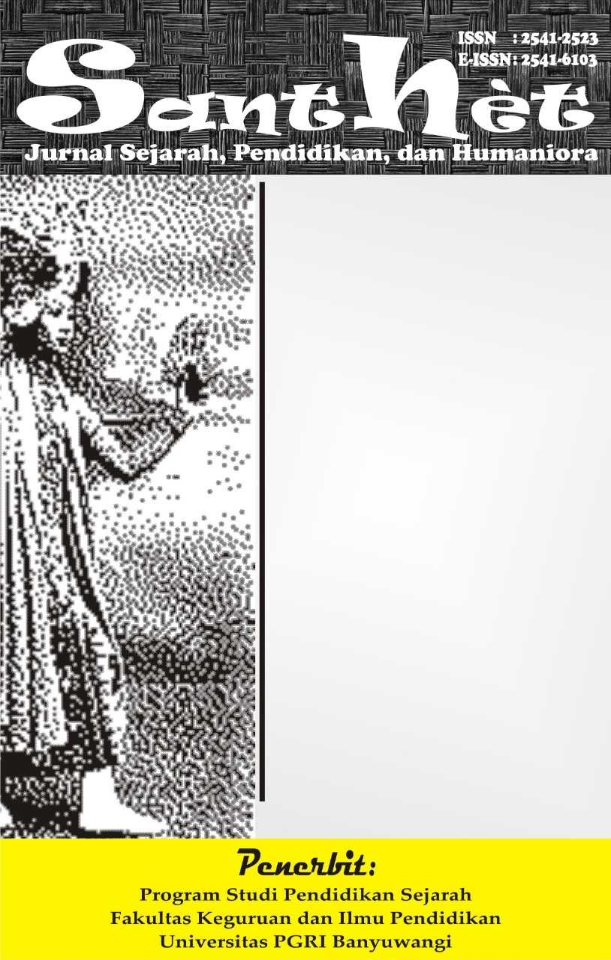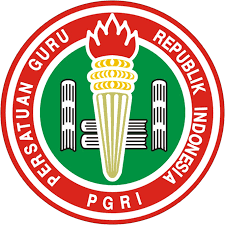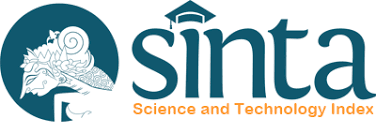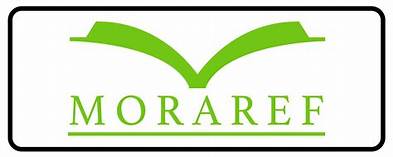HOLISTIC LINGUISTICS INTEGRATION IN THE REVITALIZATION OF WARA’ DANCE: INNOVATIONS FOR CREATIVE ECONOMY DEVELOPMENT AND TOURISM PACKAGES IN THE TALAUD ISLANDS REGENCY
DOI:
https://doi.org/10.36526/santhet.v9i5.6125Keywords:
Holistic Linguistics, Dance Revitalization, Creative Economy, Tourism Package, Talaud Islands RegencyAbstract
This study explores the revitalization of Wara’ dance in the Talaud Islands Regency through a holistic linguistic approach, aiming to transform it into a dynamic cultural tourism product and a driver of the local creative economy. For over three decades, Wara’ dance has experienced stagnation, perceived as outdated and disconnected from contemporary audiences, leading to declining community participation and diminished economic returns. To address this, the research employs a qualitative method with holistic discourse analysis, integrating linguistic, anthropological, and cultural studies perspectives. Data were collected through in-depth interviews, focus group discussions, participatory observation, and analysis of archival and linguistic materials in Arangkaa Village, the historical site of King Larenggam’s resistance. The findings reveal that the dance’s verbal elements are minimal, relying on a few ritual phrases. However, rich cultural meanings are embedded in local language, toponyms like “Arangkaa” (meaning “charcoal”), and customary utterances from rituals such as Manaroho Raho. These elements were systematically analyzed and reinterpreted to innovate choreography, costumes, music, and narrative structure. A new thematic concept, “From Resistance to Revival,” was developed, enhancing the dance’s storytelling capacity and emotional depth. Community participation was central, ensuring cultural authenticity and social acceptance of the changes. The study concludes that a linguistically grounded, participatory approach enables meaningful revitalization, transforming Wara’ dance from a static tradition into a living, relevant art form. Furthermore, the proposed cultural tourism package demonstrates significant potential for generating sustainable income for performers and the local community, positioning the dance as a catalyst for both cultural preservation and economic empowerment in a remote island region.
References
Afolaranmi, V. B., & Afolaranmi, A. O. (2024). Cultural revitalization through dance as a panacea for peacebuilding. 2(1), 39–45. https://doi.org/https://doi.org/10.57040/e4ywhy31
Brida, J. G., Gómez, D. M., & Segarra, V. (2020). On the empirical relationship between tourism and economic growth. Tourism Management, 81, 104131.
Cenabre-galindon, G. M., & Cenabre-galindon, G. M. (2023). Revitalizing Cultural Education : A Documentary Study on the Indigenous Dances of the Applai Tribe in Northern Philippines and their Implications for Arts and Dance Educators Revitalizing Cultural Education : A Documentary Study on the Indigenous Dances o. 14, 594–605. https://doi.org/10.47750/jett.2023.14.03.071
Comerio, N., & Strozzi, F. (2019). Tourism and its economic impact: A literature review using bibliometric tools. Tourism Economics, 25(1), 109–131.
Hou, C. (2025). The Interplay of Dance and Cultural Identity : Preservation and Inheritance of Local Dance in the Context of Globalization. 2(1), 1–11. https://doi.org/https://doi.org/10.71222/e27cp251
Iroth, S., & Wote, O. S. (2023). The Meaning of Mane’e Speech Analysis of Local Wisdom. Unima International Conference on Social Sciences and Humanities (UNICSSH 2022), 1495–1504.
Lalira, J. (2013). Morfofonemik Bahasa Talaud. Kajian Linguistik, 1(1).
Lalira, J. (2016). Makna Non-Verbal dalam Wara’: Tarian Adat Talaud. Kadera Bahasa, 1–18. https://pustaka.kemdikbud.go.id/libdikbud/index.php?p=show_detail&id=38041&keywords=
Lalira, J. E. (2017). Kamus Bahasa Talaud. UKI Press.
Lalira, J. E. (2020). Asal-Usul Penamaan Talaud. UKIT Press, 1–212.
Lalira, J. E. (2022). Toponymy of Garden Names at Lahu Village. Phonologie: Journal of Language and Literature, 2(2), 230–241.
Lalira, J. E. (2023). Sejarah Jemaat GERMITA Maranatha Taruan-Bunne. Jurnal Pendidikan Tambusai, 7(2), 5425–5433.
Lalira, J. E. (2025). Sejarah, Bahasa dan Budaya Desa Gemeh Dari Cikal Bakal Hingga Pemekaran Wilayah. Gema Edukasi Mandiri.
Lalira, J. E., Pangemanan, Y. A. T., Scipio, J. E., & Merentek, T. C. (2022). Bentuk dan Makna Kata Depan Bahasa Talaud. Jurnalistrendi: Jurnal Linguistik, Sastra Dan Pendidikan, 7(2), 190–197.
Lalira, J. E., Pangemanan, Y. A. T., Scipio, J. E., & Tumuju, V. N. (2024). Aspects Distribution in Actor Focus of Talaud Language. Santhet (Jurnal Sejarah Pendidikan Dan Humaniora), 8(1), 194–203.
Li, K. X., Jin, M., & Shi, W. (2018). Tourism as an important impetus to promoting economic growth: A critical review. Tourism Management Perspectives, 26, 135–142.
Maruf, A., & Setyawan, A. (2025). Fungsi Sintaksis teks Upacara Adat Manaroho Raho Kabupaten Kepulauan Talaud Kajian Etnolinguistik. Jurnal Ilmiah Telaah, 10(1), 106–115.
Prima, L., Pertiwi, P., & Astuti, P. (2020). Toponimi Nama-Nama Desa di Kabupaten Ponorogo (Kajian Antropolinguistik). In Agustus (Vol. 15, Issue 3). Kajian Antropolinguistik. https://doi.org/https://doi.org/10.14710/nusa.15.3.330-340
Putro, R. L. U., Dewi, M. L., Supendi, E., & Kuncoro, J. S. (2023). Penguatan Festival Enam Suku Barikan Kubro melalui Penghadiran Karya Tari Baru Renjana Karimunjawa. Abdi Seni, 14(1), 80–90.
Ren, T., Can, M., Paramati, S. R., Fang, J., & Wu, W. (2019). The impact of tourism quality on economic development and environment: Evidence from Mediterranean countries. Sustainability, 11(8), 2296.
Sari, F. F. (2019). REVITALIZATION OF DANCE AND VALUES CONTAINED IN BALOTA DANCE IN KENAGARIAN SUNGAI BUKIK BAIAH DISTRICT 9 LASI. 301(Icla 2018), 79–82. https://doi.org/10.2991/icla-18.2019.14
Sasioba, O., Iroth, S., & Polii, I. J. (2022). MAKNA TUTURAN TRADSI MANE’E ANALISIS KEARIFAN LOKAL BAGI MASYARAKAT KEPULAUAN TALAUD. KOMPETENSI, 2(06), 1428–1436.
Widyastutieningrum, S. R. (2024). Revitalization of the Mangkunegaran style dance performance form as an effort to preserve traditional dance. IICACS: International and Interdisciplinary Conference on Arts Creation and Studies, 9, 79–88.
Yanuartuti, S., & Winarko, J. (2019). Revitalization of Jatidhuwur Jombang Mask Dance as An Effort To Reintroduce Local Cultural Values. Harmonia: Journal of Arts Research and Education, 19(2), 111–116.





























